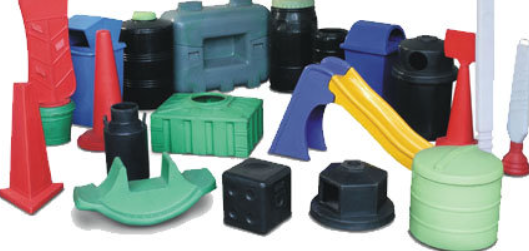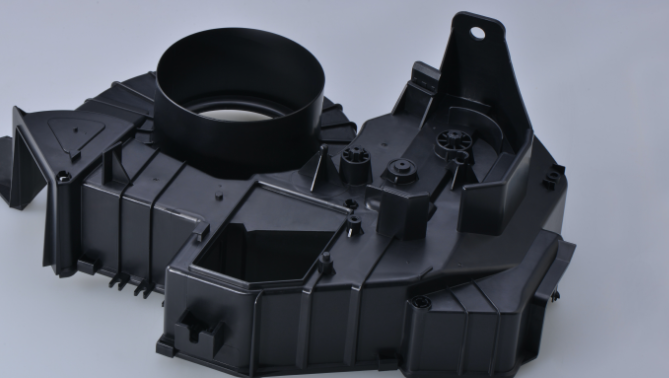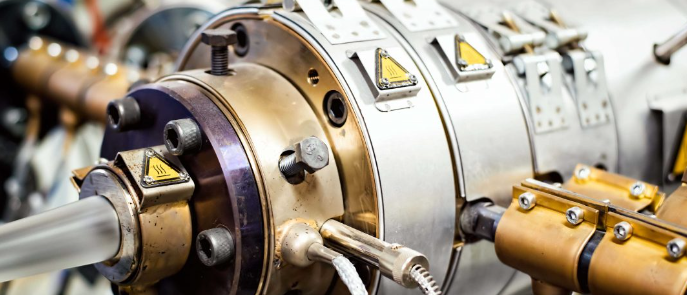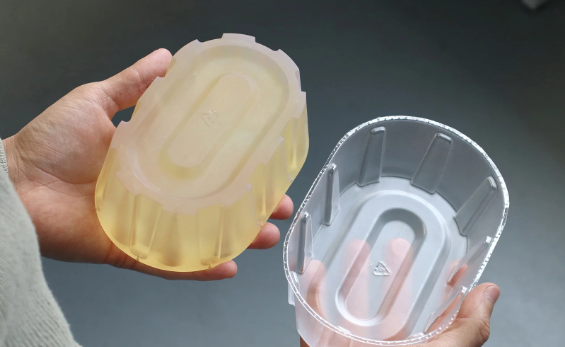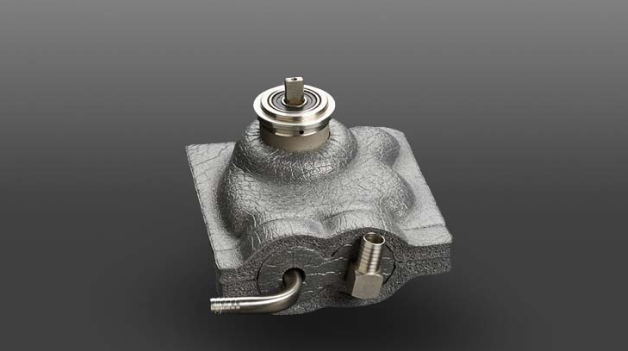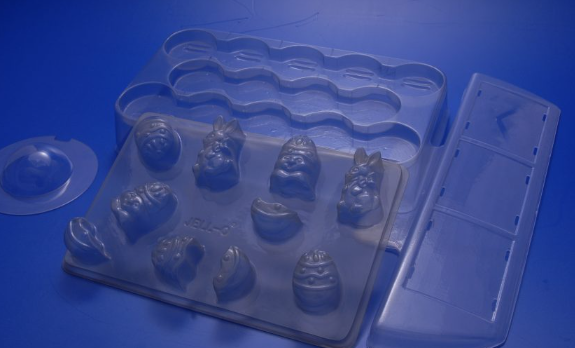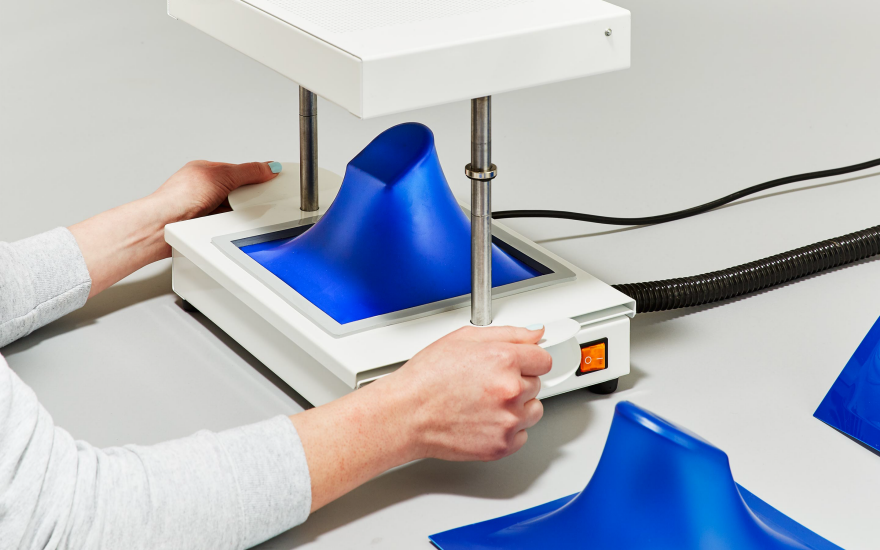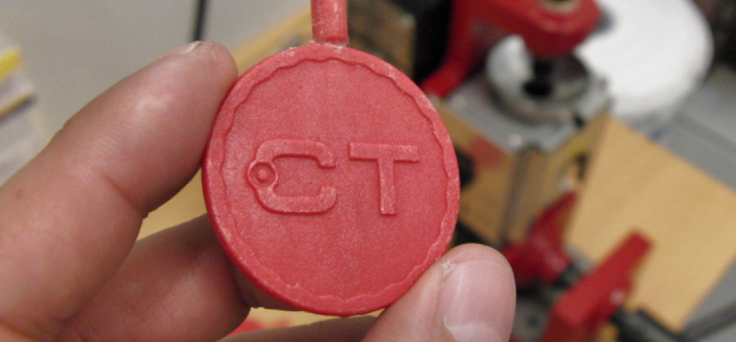What is the difference between Roto moulding and injection molding?
Roto moulding is ideal for large, hollow products, whereas injection molding excels at producing high-volume, intricate parts rapidly. Overview of Roto Moulding Roto moulding, also known as rotational moulding, is a unique plastic manufacturing process. It is particularly suitable for creating hollow, complex, and large items. Unlike injection moulding, roto moulding involves a heated hollow …
What is the difference between Roto moulding and injection molding? Read More »

